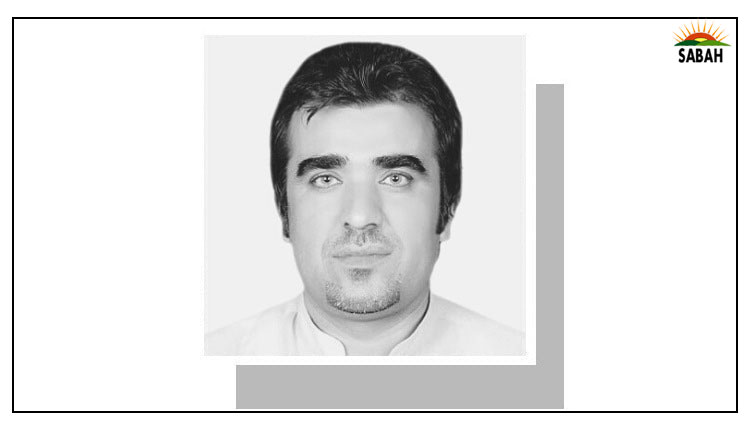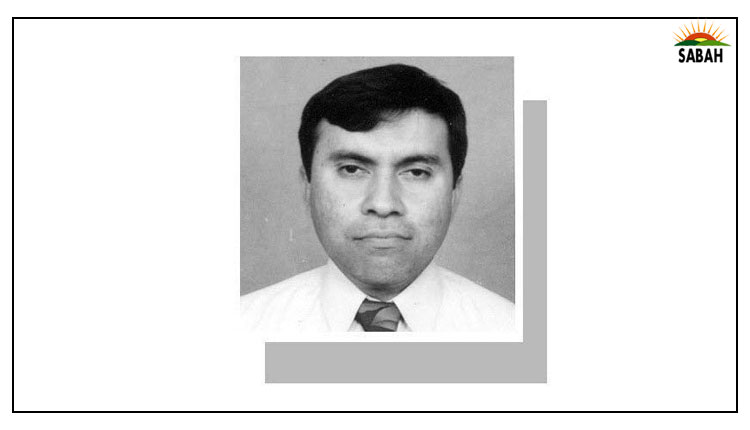The knowledge economy imperative…. Atta-ur-Rahman
Knowledge has now become the key factor in determining socio-economic development. The failure of governance in Pakistan is exemplified by a comparison to Singapore.
Singapore has hardly any natural resources and a population of only 5.5 million, about one-fourth of Karachi. Yet its exports last year were a stupendous $390 billion, due to its visionary leadership that realized that in a knowledge-driven world, the road to progress lies in innovation. Pakistan’s exports, alas, stagnate at only about $35 billion, far lower than even those of Bangladesh, justifying the urgent need for change.
We need an honest, visionary and technologically competent leadership that realizes that our country cannot develop without massive investments in education, science, technology, and innovation (ESTI). The ‘triple helix’ model for a knowledge economy requires dynamic interaction between proper government policies, high-quality universities and research institutions, and the private sector. It is only through tapping into the huge potential of our 120 million youth that Pakistan can leap forward.
A few examples of how innovation is impacting economies are presented here. Let us first look at the agricultural sector. There are growing global water shortages and decreasing availability of cultivable land caused by the huge increases in the world population (which has now crossed seven billion). This is resulting in increasing efforts by scientists to come up with new, more efficient ways of growing food plants that have higher productivity but need lower amounts of water, fertilizer, nutrients, and pesticides to grow.
In this connection, scientists at Purdue University have discovered that a certain chemical can be used to reduce the size of the plant without reducing its yield. They found that a common fungicide, propiconazole, can create smaller and sturdier corn plants that produce more kernels but consume less water, fertilizer, and nutrients. The fungicide is claimed to be harmless to humans as it is commonly sprayed on golf courses to treat fungal dollar spot disease. Advanced agriculture is resulting in huge increases in yields with the aid of sensors that can predict and optimize the use of water, fertilizers and pesticides.
In another interesting development, seawater is beginning to be used for cultivating food crops. One way to convert saline water (seawater or brackish underground water) into salt-free fresh water, useful for drinking or farming, is by a process known as ‘reverse osmosis’. This involves pumping the saline water through a special polymeric membrane that allows only water molecules to pass through the pores of the membrane but prevents salt, bacteria, and dirt from doing so.
However, a drawback of this process is that over time, these particles clog up the expensive membrane and damage it. This results in the need for regular costly membrane replacements, increasing costs. Scientists at the University of California, Los Angeles, have now used nanotechnology to develop a new type of reverse osmosis membrane covered with small polymeric hairs. These surface hairs move around rapidly in the water-pumping process, thereby acting as a brush that prevents the deposition of impurities on the membrane surface.
Turning now to health sciences, an important recent development is in the field of aging. How do we age? Can we slow the aging process and prolong life spans? These are questions that have attracted the attention of many medicinal chemists and biochemists. In adults, about 50 to 70 billion cells die each day by a process of programmed cell death built into the structure of each cell (‘apoptosis’). In children between the ages of 8 to 14, some 20 to 30 billion cells die every day, and even more are replaced by new cells. Over a year, this amounts to about the complete body weight of the child.
Oxygen, so vital for our survival, in its reactive form (oxygen radicals), is intriguingly also responsible for the aging process by causing damage to our DNA molecules. That is why antioxidants, such as vitamin C or certain compounds present in red grapes and certain vegetables, are thought to be good for us. Science has already led to increases in life spans over the last hundred years due to better medical care in most parts of the world.
Several compounds have been discovered in the last five years that not only slow down the aging process but have been shown to reverse it. When given to mice, they made the mice physically younger. These compounds include resveratrol, nicotinamide adenine dinucleotide (NAD), and an FDA-approved drug for diabetes, metformin. Innovations such as those described above are earning billions of dollars for the countries that are manufacturing high-technology products.
Another sector where knowledge and innovation have significantly impacted socio-economic development is information technology (IT). Countries like India have made massive strides in the IT industry, turning cities like Bangalore into global technology hubs. This transformation has created millions of jobs, driven economic growth, and positioned India as a leader in the global tech industry.
The success of India’s IT sector can be attributed to substantial investments in technical education, supportive government policies, and a strong private sector. By fostering a culture of innovation and entrepreneurship, India has been able to compete on the world stage, with its IT exports reaching over $150 billion.
Similarly, Estonia, a small Baltic nation, has emerged as one of the most digitally advanced countries in the world. Through its e-Estonia initiative, the country has digitized nearly all government services, creating a seamless and efficient digital society. This digital transformation has not only improved the quality of life for its citizens but also attracted foreign investment and boosted the economy. Estonia’s success highlights the importance of integrating technology into governance and public services to drive socio-economic development.
Education and science remain badly neglected in Pakistan because of corrupt or incompetent leaders who have failed to invest in our real wealth: our children. There needs to be a radical change in our system of governance and a different form of democracy installed before it is too late, as suggested in this weekly series of articles.
Pakistan must prioritize investment in education, science, technology, and innovation to foster a knowledge-driven economy. By learning from the successes of countries like Singapore, India, and Estonia, Pakistan can develop a strategic vision to harness the potential of its youth and create a prosperous future.
The government must implement policies that support the development of high-quality educational institutions, promote research and innovation, and encourage collaboration between academia and the private sector. Only then can Pakistan unlock its true potential and achieve sustainable socio-economic development.
The writer is a former federal minister, Unesco science laureate and founding chairperson of the Higher Education Commission (HEC). He can be reached at: ibne_sina@hotmail.com












